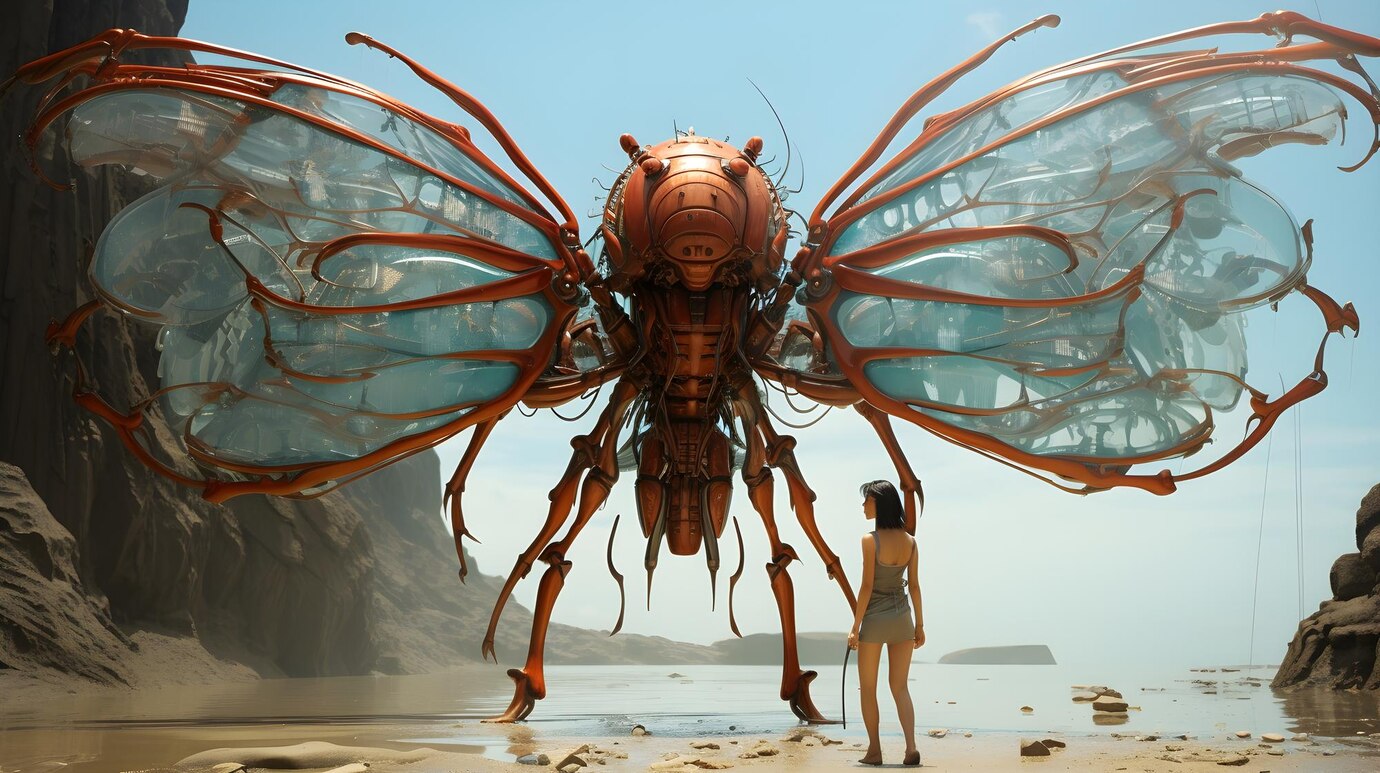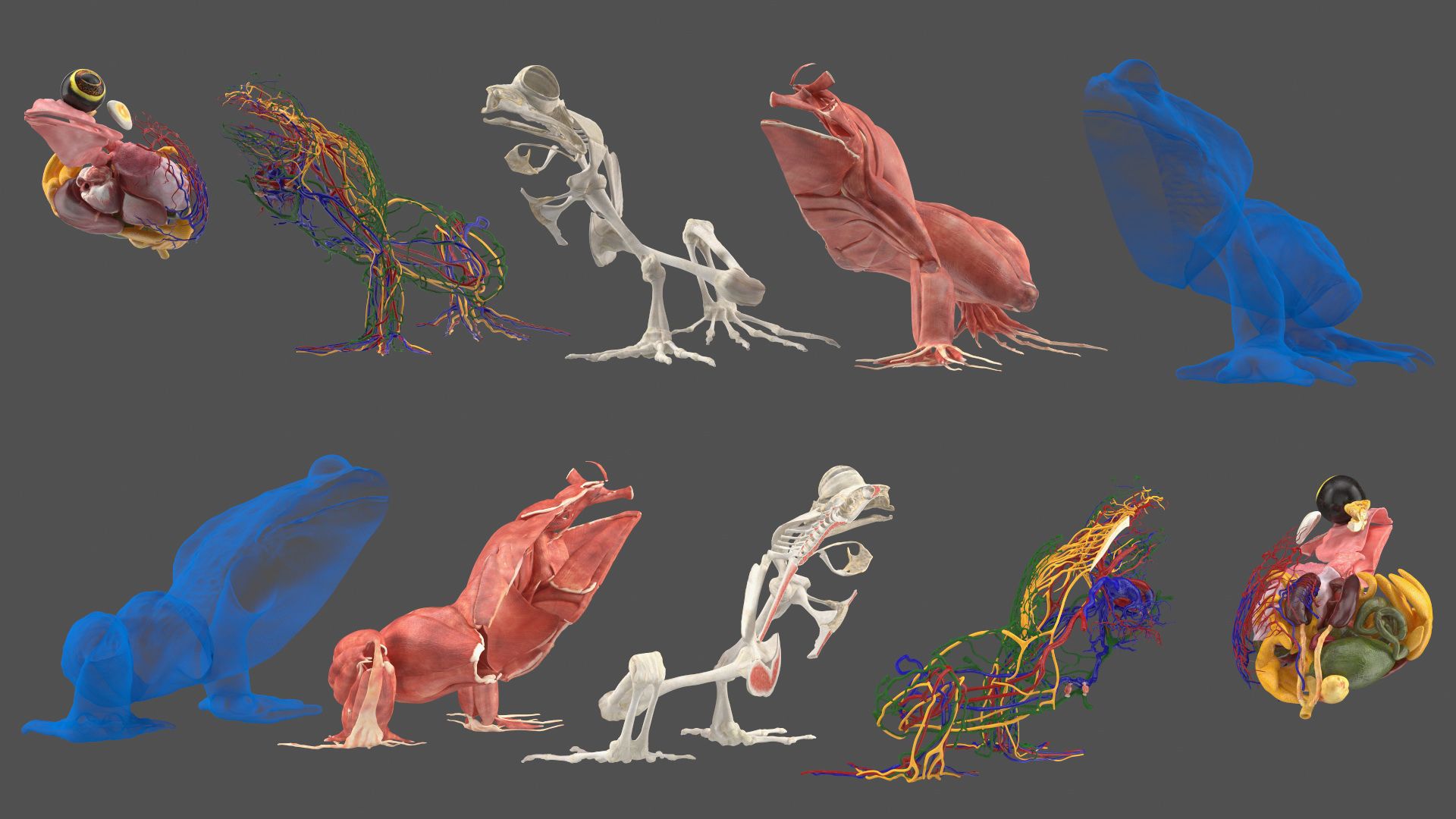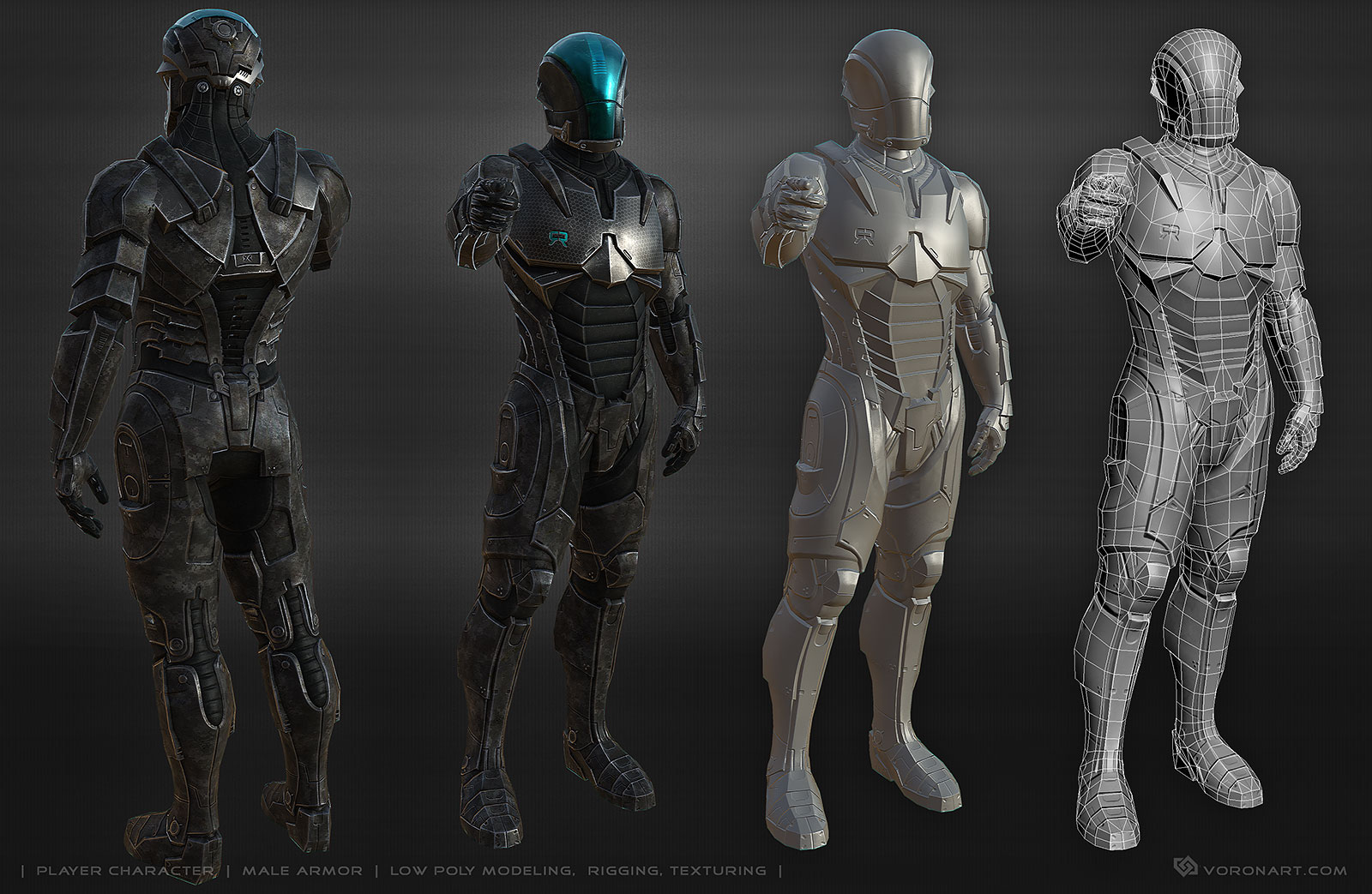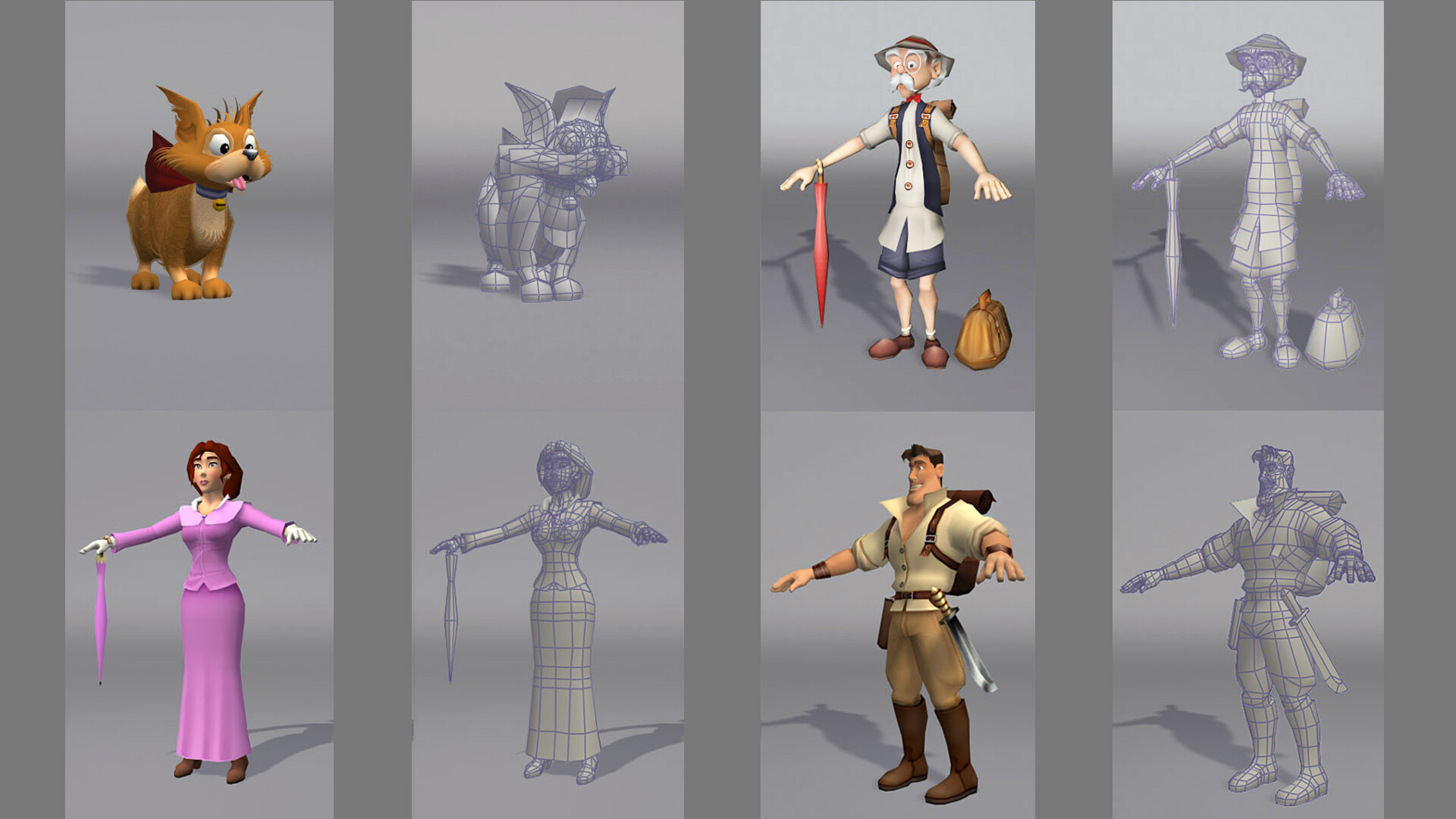
The Role of 3D Models in Game Design
Welcome to the thrilling arena of game design – a world that thrives on creativity, technology, and innovation. It’s a realm that never ceases to evolve, introducing techniques that propel the industry forward and enrich player experience. One such game-changer has been the integration of 3D models in design, propelling the gaming experience from the flat, pixelated screens of the past to the immersive universes of the present. This piece invites you on a journey through the role and impact of 3D models in game design.

Breaking Down the Facets: What are 3D Models?
At the heart of every contemporary high-definition game lies the magic of 3D modeling. In essence, a 3D model is a mathematical representation of a three-dimensional object, crafted using specialized software. These models serve as the backbone for the vibrant, immersive environments, compelling characters, and intricate objects that players interact with, marking a paradigm shift in the gaming experience.
3D Models: Enriching Game Narrative and Environment
The utilization of 3D models breathes life into game narratives, fostering a more immersive storytelling experience. They enhance the complexity and richness of game environments, elevating the minute details – the subtle play of shadows, the texture of surfaces, the atmosphere of landscapes – that draw players in and keep them captivated.
Reinventing Characters and Gameplay
3D models fundamentally redefine the visual appeal and functionality of game characters. They enable designers to infuse characters with a sense of realness, bringing diverse personas, emotions, and actions to life. This advancement extends beyond the cosmetic, significantly transforming gameplay as characters can now interact more realistically within their environment.
Complex Realities Simplified: Tools and Techniques
Creating 3D models is undeniably complex, yet several innovative tools and techniques have simplified the process. Software like Blender, AutoCAD, and SolidWorks guide designers through the intricate steps of model formation. Techniques such as subdividing primitive objects, sculpting, extruding, or modifying vertices, edges, and surfaces pave the way for detailed and efficient 3D modeling.
Procedural Generation: A Unique Intersection
An intriguing intersection occurs between 3D models and procedural generation in gaming. Procedural generation uses algorithms to create content automatically and randomly, adding diversity to the game environment. This approach, when combined with 3D modeling, yields unlimited variations of arenas and characters, adding layers of depth, discovery, and replayability to games.
Challenges and Triumphs of 3D Modeling in Game Design
While incorporating 3D models provides numerous benefits, it’s not without challenges. Designing 3D models can be resource-intensive and time-consuming, requiring meticulous attention to detail and depth. Balancing visual appeal with functional efficiency – ensuring games load quickly and run smoothly – requires skill and deliberation.
However, these challenges are outweighed by the triumphs. By granting a three-dimensional depth to game elements, 3D models introduce a profound sensory experience – visual and spatial – that deeply engages players, revolutionizing the entire gaming landscape.
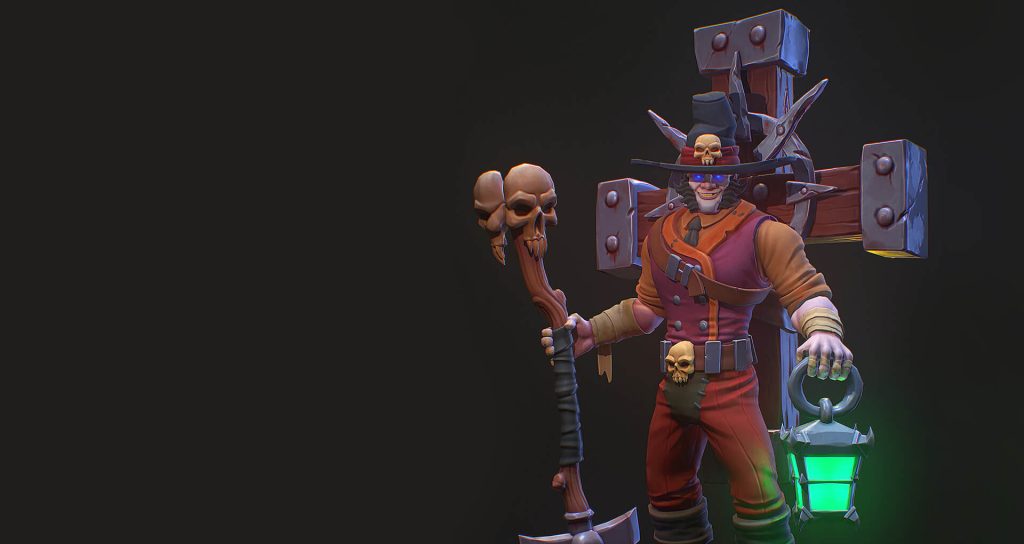
3D models have firmly anchored themselves in the heart of game design, influencing the way games are conceived, developed, and experienced. They are not just tools but forms of artistry and technology that invite us to explore, innovate and enrich our narrative and interactive potential. As we delve deeper into the interactive cosmos that game design offers, the role of 3D models will continue to expand, providing us with new arenas to ignite our creativity and transport players into ever-evolving, captivating universes.
In essence, the role of 3D models in game design is like hidden magic. They invisibly weave themselves into the fabric of games but their impact is profoundly visible, consistently transforming the ordinary into the extraordinary, defining the evolution of the dynamic world of game design.

